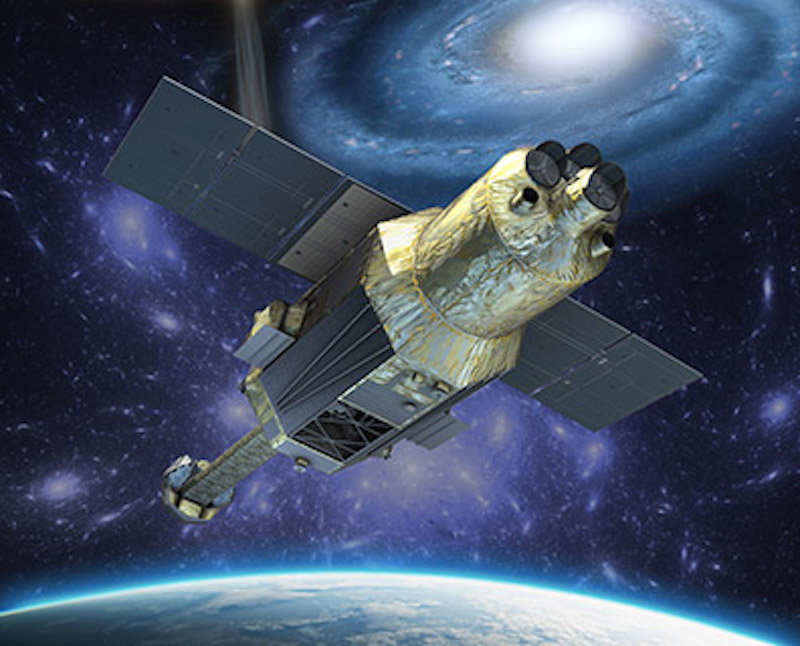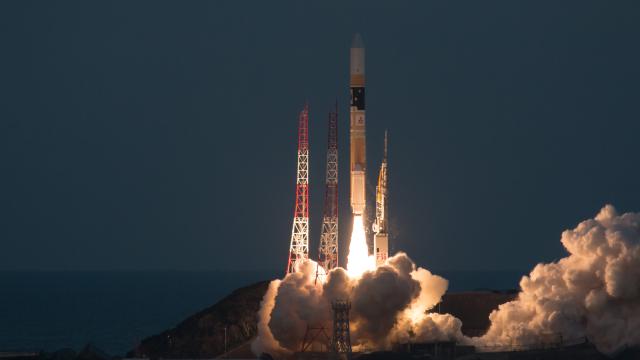Last month, Japan launched a satellite it described as “essential” to unlocking the mysteries of the universe. This weekend, that $US273 ($362) million satellite mysteriously disappeared, leaving behind only an ominous trail of debris and some cryptic messages.
Hitomi was launched back on February 17 by Japan’s Space Agency. It was a full-scale X-ray observatory, much of the equipment of which came from NASA, which was intended to do everything from exploring some of the mysteries of black holes to teaching us about the early evolution of galaxies. It was to be, in the words of JAXA, “the essential mission to solve mysteries of the universe in X-rays.” Then, something — an explosion, a collision or something else entirely — changed Hitomi’s course.
Things were initially looking so good after launch that JAXA renamed the satellite previously known just as ASTRO-H to Hitomi. “Hitomi refers to the aperture of the eye, the part where incoming light is absorbed,” the agency explained. “From this, Hitomi reminds us of a black hole. We will observe Hitomi in the universe using the Hitomi satellite.”
Hitomi was due to wake-up and start responding to ground communications this weekend. But then the Joint Space Operations Center, which tracks debris in our orbit, announced that they’d seen pieces of the satellite breaking up into space on Saturday. Things got even more complicated when JAXA confirmed early this morning that, well after the debris was spotted, they’d also been able to receive messages from Hitomi.

Hitomi artist’s concept / JAXA
These messages from a ghost satellite (free idea, movie executives) are not quite as spooky as they seem. Space equipment can be remarkably durable. As the Harvard-Smithsonian Center for Astrophysics’ Jonathan McDowell pointed out, simply seeing debris doesn’t mean the satellite has completely broken down. Even while losing pieces, Hitomi could have still held enough of itself together to keep transmitting. Either way, whatever configuration allowed the broken satellite to respond is apparently over; the satellite hasn’t responded to any of the latest attempts to get in touch.
JAXA has set up an emergency team to look for the satellite and says that it still hopes it can be recovered. Although, they’re not currently getting any signal from the disappeared satellite, the short response they received shortly after it started breaking-up at least gives them a good hint of where to start. Still, space is big, and just what happened to silence the satellite is still a mystery. Recovery is no easy proposition.
ASTRO-H Launch in February / Scott Porter, NASA
